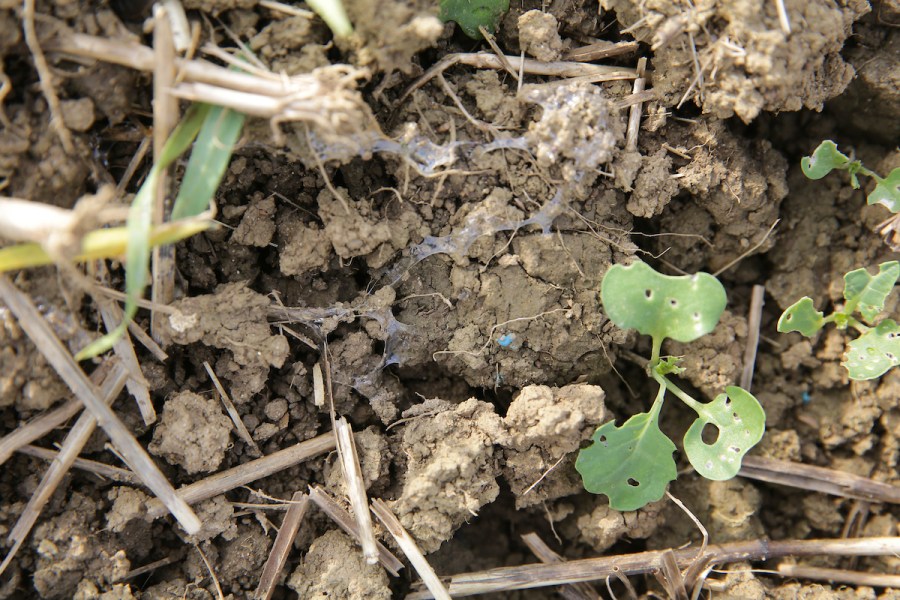Slugs are a major headache for arable growers, with resulting crop losses estimated at £43.5m a year. As part of an integrated approach, a durable and sustainable pellet can help keep infestations at bay. CPM reviews Certis’s Sluxx HP.
By Charlotte Cunningham
Sluxx HP – from Certis – is a high quality, durable, pasta based ferric phosphate pellet which offers mould resistance, good pellet visibility and has proven to deliver more baiting points per m2 than alternative products.
Registered for use on all edible and non-edible crops, including organic, the pellet contains a 3% ferric phosphate formulation – as opposed to the traditional metaldehyde – meaning they provide a better kill rate, and have no buffer zone restrictions.
Ferric phosphate is a naturally occurring substance in soils and plays a well-known role in the metabolic processes of both plants and animals – it is also a food grade ingredient. Importantly, it sits on the EU Annex 1 list of approved crop protection active ingredients as a substance for the control of molluscs.
So what is the benefit of using this type of formula? “Slug behaviour is different when using a ferric phosphate-based pellet,” explains Chris Charnock, arable product manager at Certis. “With metaldehyde, dead slugs and slime trails are seen on the surface, whereas with ferric phosphate, once slugs ingest the pellet, they retreat below ground to die.”
This was proven in a study carried out by Harper Adams University, which showed that 50-60% of slugs which ingested ferric phosphate pellets retreated below the soil surface within the first 24 hours. Within two to three days, virtually every slug had died below the surface meaning there was minimal residue left on the surface.
As well as keeping slug damage at bay, Sluxx HP ticks all the environmentally friendly boxes too, with many farms now switching entirely to ferric phosphate products, adds Chris. “As ferric phosphate isn’t soluble in water it has an extremely good environmental profile which fits particularly well in high-risk situations such as vulnerable water catchment areas.”
Having an effective tool in the armoury is particularly crucial this year, with the onset of rain coinciding with OSR drilling, providing a perfect playground for slug damage, explains Chris. “An integrated approach is the best strategy for optimum control – taking into account things like soil structure and field-by-field monitoring. While they’re not a silver bullet, efficient slug pellets can make a huge difference in keeping a lid on slug damage.”
For more information visit:
https://www.certiseurope.co.uk/products/molluscicides/detail/article/sluxx-hp-1.html




